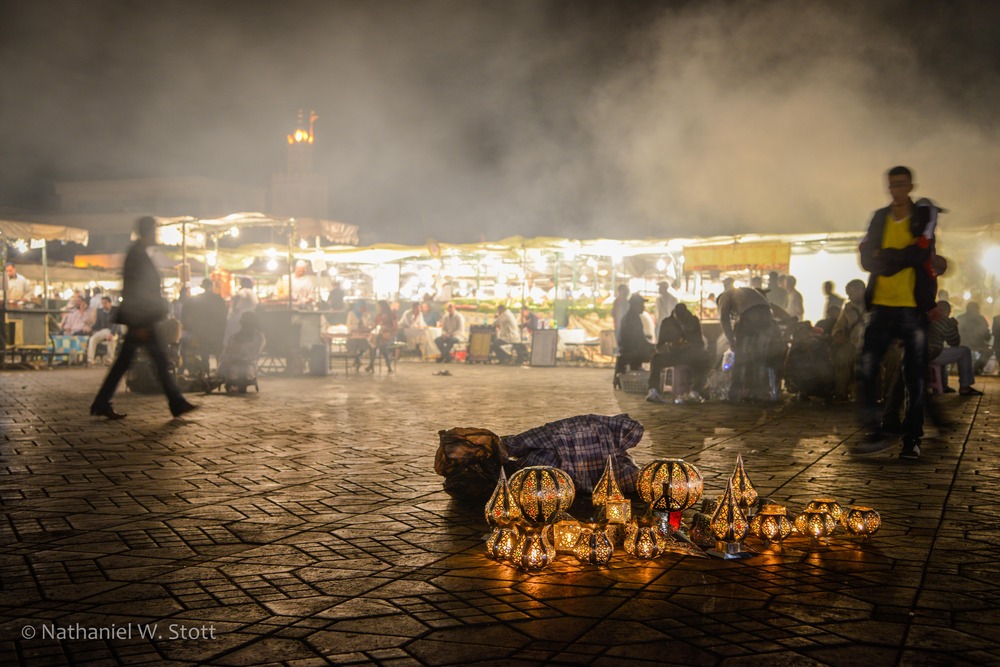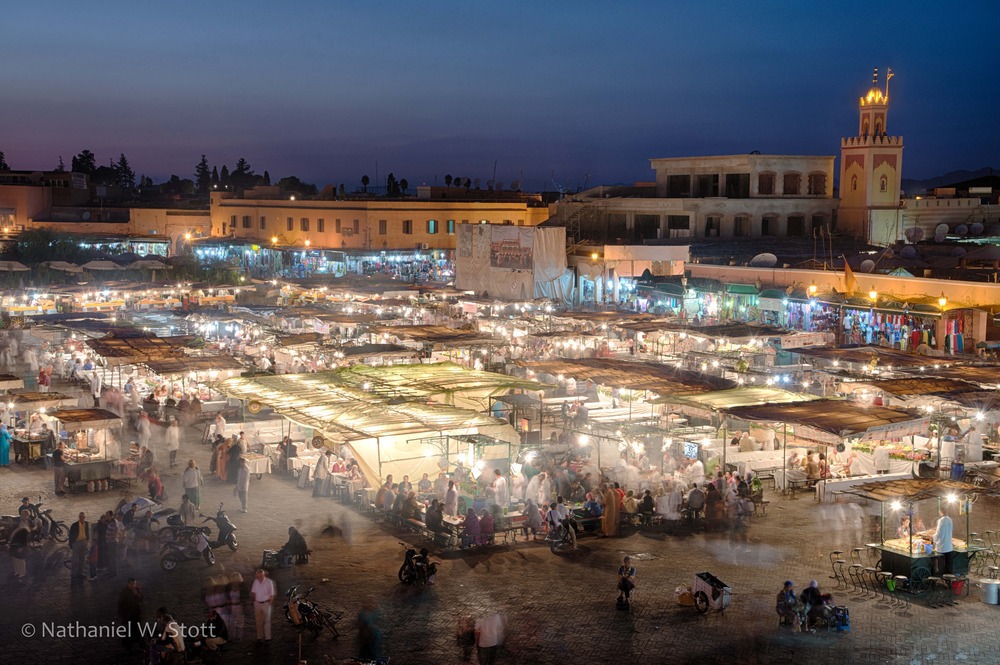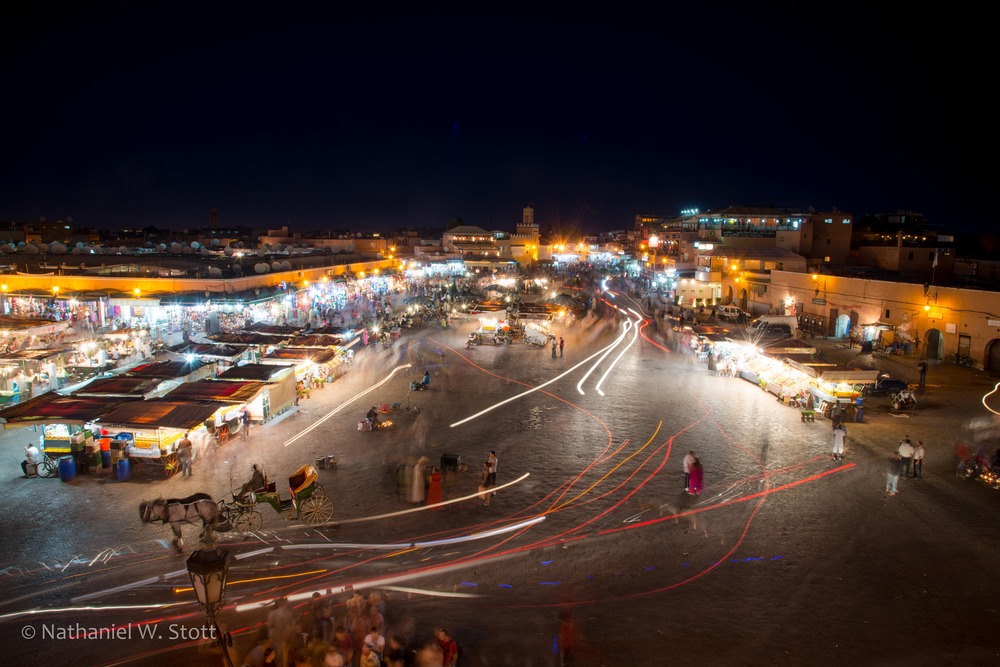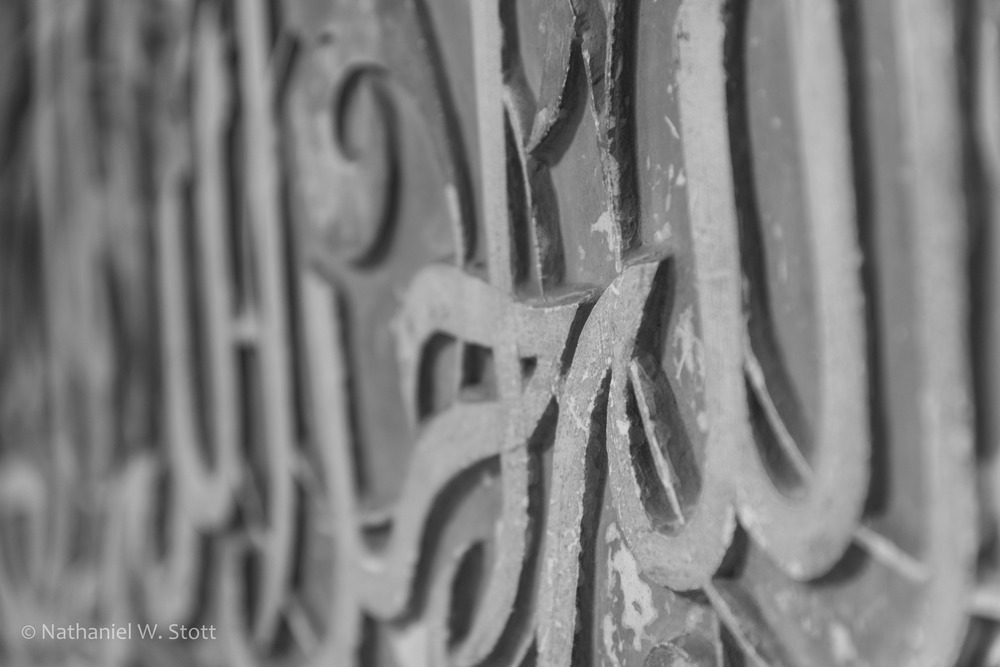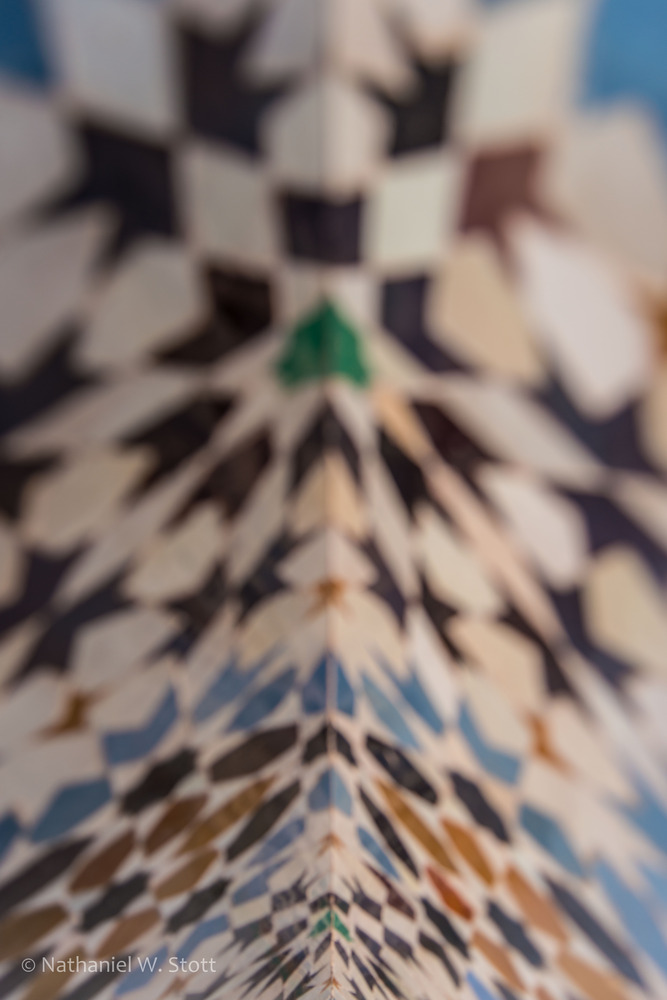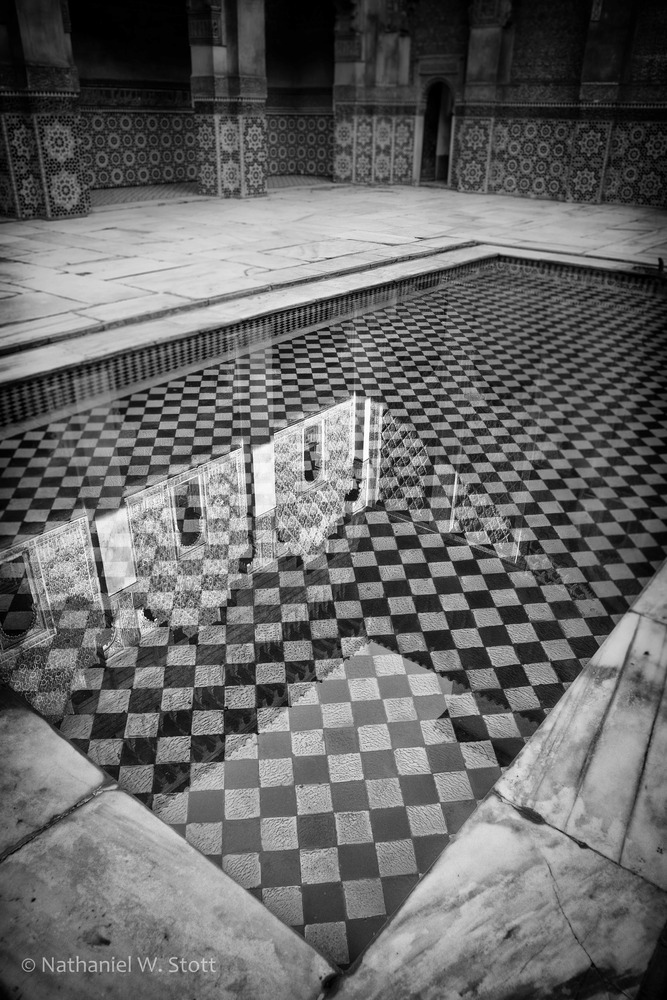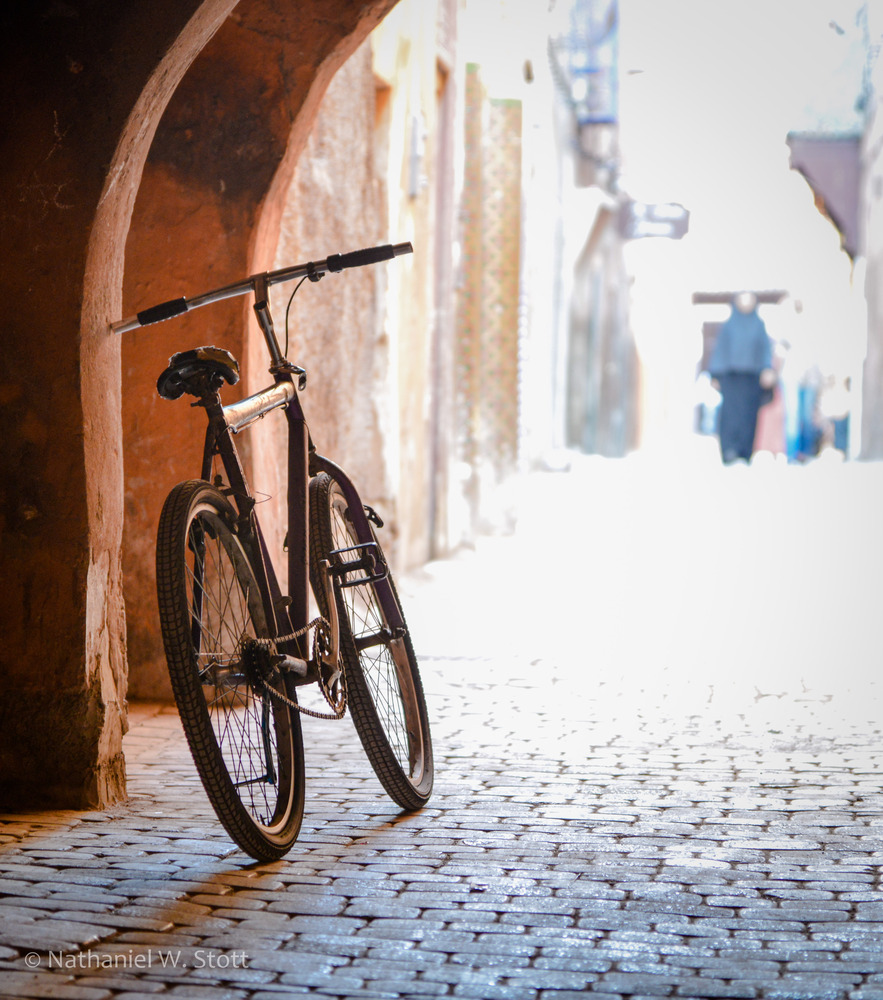11
2012A first timer’s arrival in Morocco
A
nne and I’ve done travel to Asia for a couple years now in a row and we finally decided it was high time to visit Africa. As a continent, neither of us had been there before and it was a major draw as a destination for obvious geographic “I’ve been there” reasons. More than that, Morocco has been high on our list for a while and this year the season and airfares lined up to make the trip a go. The geography of Morocco along with the culture made the choice an easy one, even though at the start we weren’t sure whether or not we’d be able to do some serious trekking because of my intermittent knee issues. In planning the trip, we decided to err on the side of photography with some limited hiking.
Our itinerary was pretty basic, all we really knew was that we were going to start and end in Marrakech and visit the gorges and desert in the middle. We started our Morocco vacation in Marrakech, which was a good central point from which to rent a car and explore the rest of the country.
Getting to the Medina
There seem to be various approches for tourists trying to make their way from the airport to the medina. For the first timer, I’d highly recommend booking a transfer through your hotel. It’ll be more expensive than a tourist bus (about 30Dh) but will be roughly on par with a “taxi” which will probably run you north of 100Dh unless you know how to bargain. It also has the profound benefit of showing you how to get to your hotel without consulting maps and enduring the hassle that comes with it. There is a tourist bus that will take people from the curb outside the airport to the west entrance to the Djemaa El’Fna for 30Dh. While we never took the bus, it’s a nice air conditioned affair that looks to have plenty of room for luggage and the like. The final trick you can use, which we did with success, is the use the tourist bus price as a lever to inform taxi pricing. As you walk towards the bus the taxi drivers will try and convince you to take their ride. Insist on the 30Dh price per person and you make get a deal.
Sights and Sounds of Marrakech
We were fortunate to book a hotel (Hotel Du Trésor) that was quite close to the Djemaa El’Fna (the main square in the heart of the medina).This square is a UNESCO world heritage site and is quite simply a cultural mecca that’s not to be missed. Each and every night, vendors set up a sea of food stalls and performers come out to put on a good show. Come early, eat, and stay late to take in the sights, sounds, and smells of an event that’s been playing itself out nightly for the last 1000 years.
The Djemaa El’Fna is also the southern entrance to the narrow and winding souks where vendors of all types sell their wares. A good map is handy but virtually worthless since there are no street signs to inform you of your whereabouts. Navigation is strictly dead reckoning or by GPS (for those of you with good signal). The souks are roughly divided into sections where different types of goods are sold, however this is more of a guideline than a rule. The shops nearer to the main square are more expensive than those further away, so pick your store carefully. Locals tend to shop at stores well removed from the buzz of the tourists, and you can get better prices if you take the time to take yourself further afield. Plus, you’ll get a more local experience.
Photographic Considerations in Marrakech
Specific tourist attractions are realtively few in the town though we did our best to hit the highlights from the Lonely Planet guide. Photographically, the main square was an incredible canvas of people, textures, and performance. We found ourselves coming back to the Djemaa El’Fna time and time again. About 30 minutes before sunset is the time to start setting up, and you’ll find good overview photography at any of the surrounding restaurant terraces. However we thought the Panoramic Terrase on the southeast side of the square was the best in terms of angles and ease of access.
We found the Bahia Palace to be perhaps the best example of typical Moroccan architecture and offered a wealth of great photography as well as an awesome insight into how the architecture afforded comfort in such a hot climate. I’d call the Palace a must.
Also a must is the Ali ben Youssef Medersa. The medersa (school) is built primarily around a large courtyard and shows off lots of intricate carvings and tilework.
You can also wander into the former living areas of the school which offer insight into how the student lived and studied.
Other sights, such as the Dar Si Said, the Badi Palace, and the Saadian Tombs we found to be culturally interesting more so than photographically.
More than any specific attraction, Anne and I also found ourselfs drawn to the narrow passages of the medina.
There’s an infinite canvas of doorways and passages that can keep the astute photographer busy for days. These can be photographed at virtually any time of day given the narrow passages and the generally indirect light.
